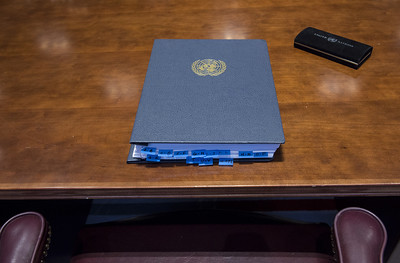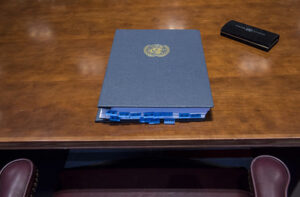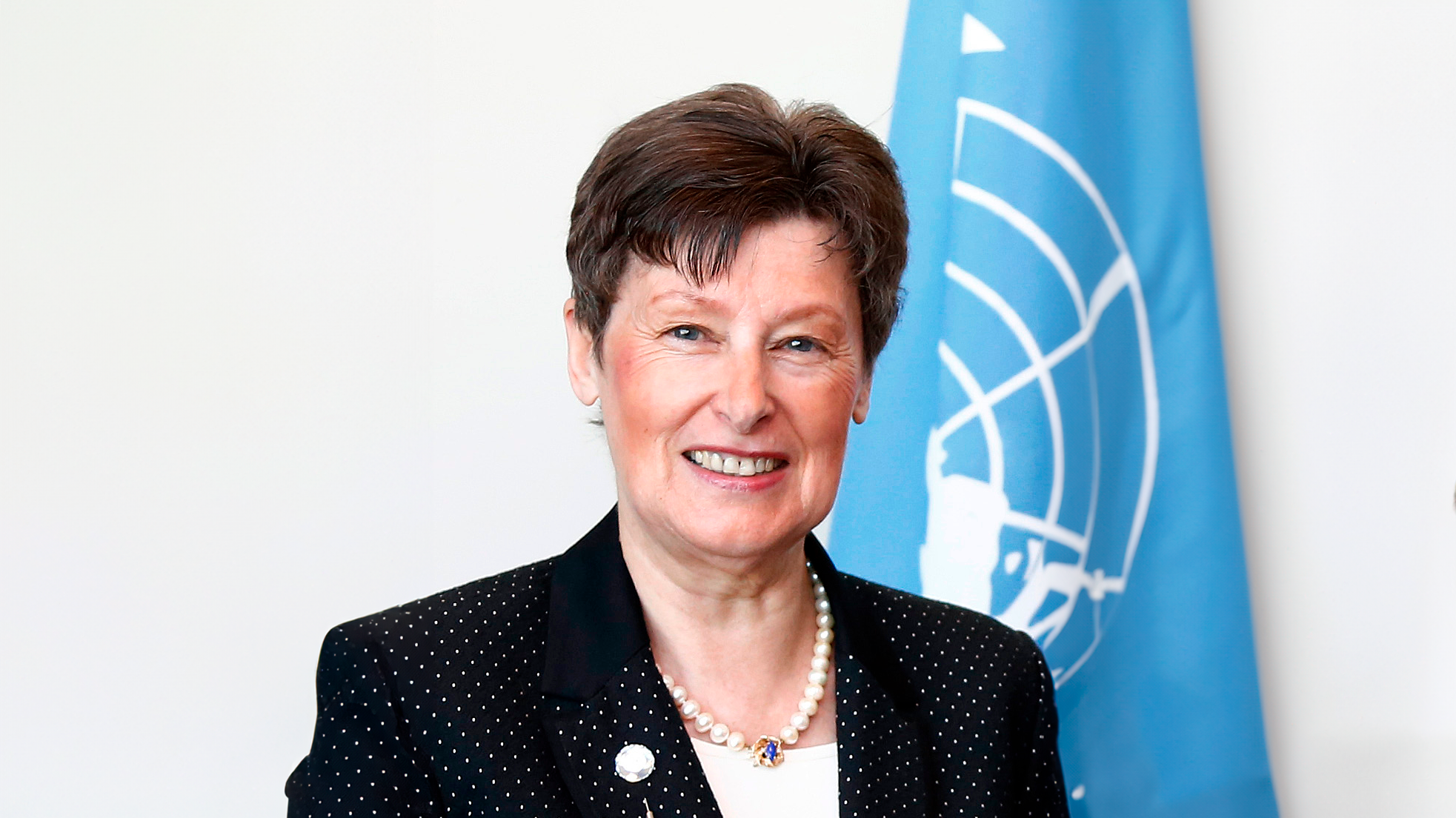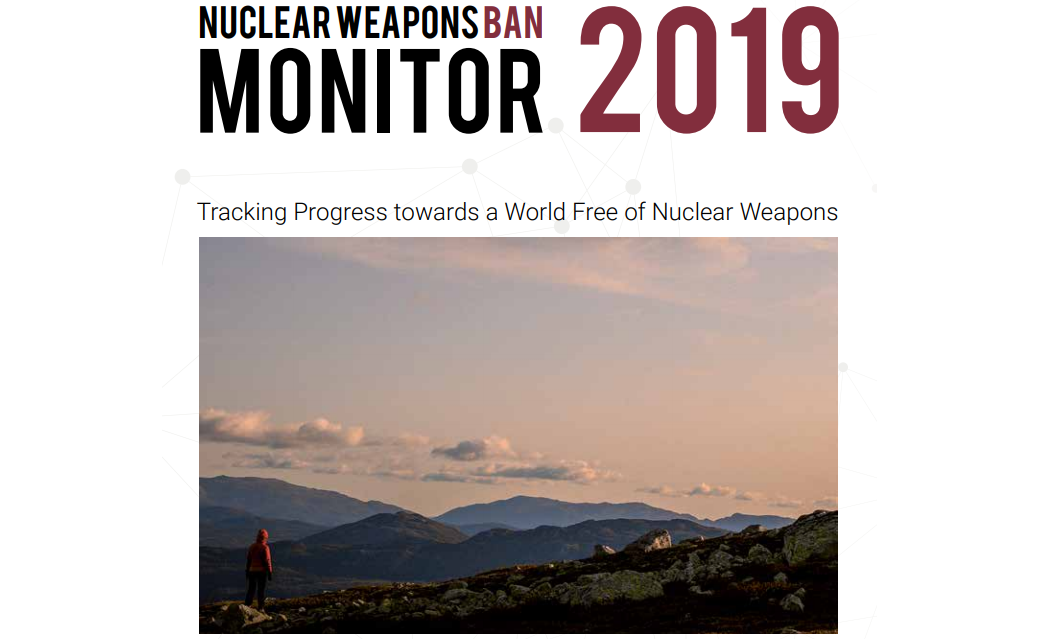

On 22 January 2021, the Treaty on the Prohibition of Nuclear Weapons (TPNW) will enter into force and the UN Secretary-General will convene the first meeting of State Parties within one year. Also in 2021, States Parties to the Treaty on the Non-Proliferation of Nuclear Weapons (NPT) will meet for its Tenth Review Conference. With both treaties on the world stage for the first time at the same time, questions arise as to what kind of relationship they will have. How can the international community ensure they are complementary? How can each treaty's States Parties work together to advance nuclear disarmament? How could cooperation in this regard be reflected in the outcome of the Tenth NPT Review Conference?
VCDNP Senior Fellow Angela Kane, Professor Anastasia Malygina (Saint Petersburg State University) and Researcher Lina-Marieke Hilgert (Institute for Peace Research and Security Policy) addressed these questions in a brief published by the Deep Cuts Commission.
The paper offers a detailed analysis of the challenges the international community faces vis-à-vis the interrelation between the TPNW and the NPT. The authors conclude that three aspects - focus on risk reduction, recognition of and compensation for the damage caused by nuclear testing, as well as continuation of disarmament education - would help create a more productive atmosphere in which the treaties could co-exist and provide mutual benefit. They emphasise that these issues do not encompass all points of convergence between the TPNW and the NPT, but that they provide a starting point for focusing on shared interests.



